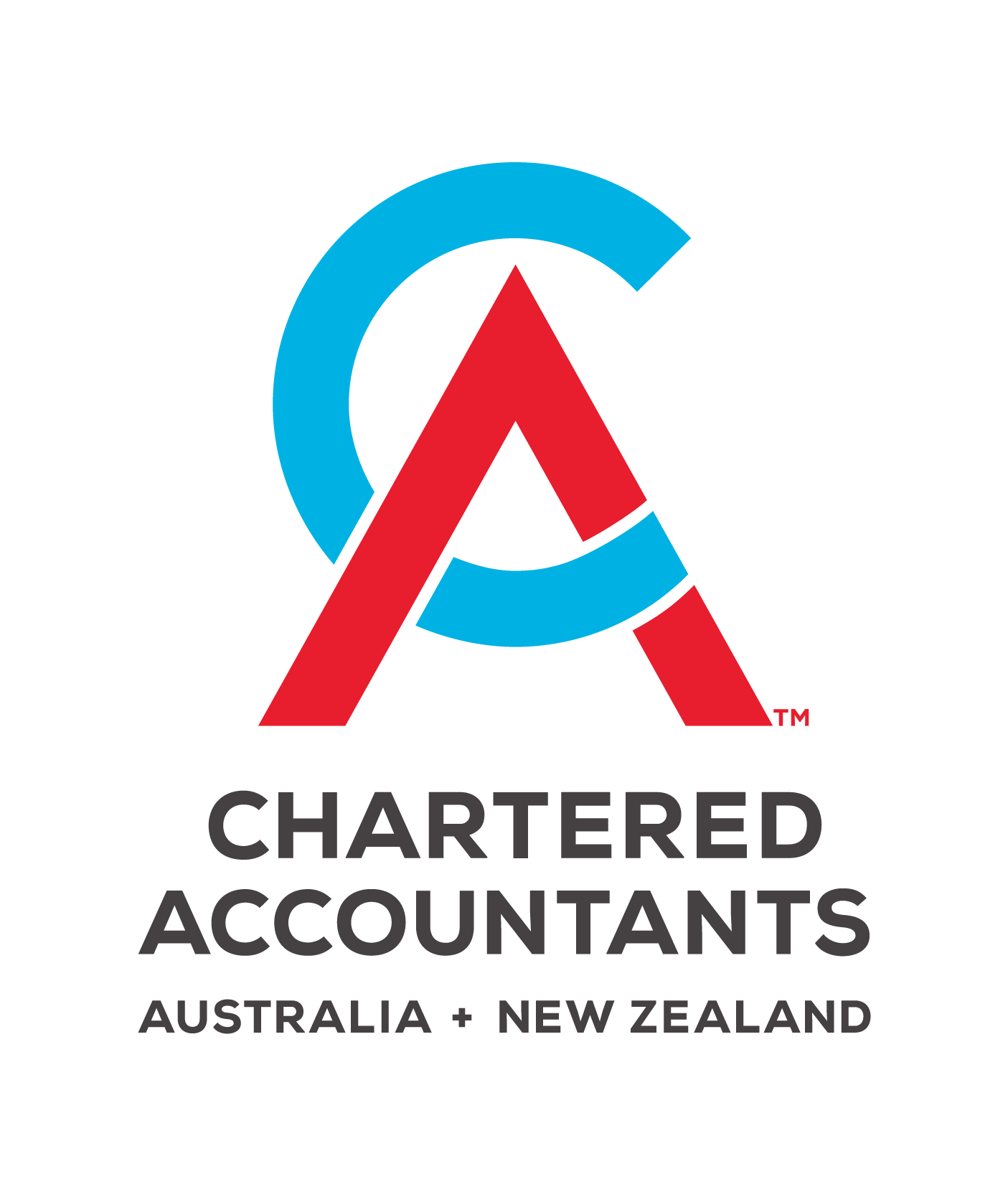News Articles
Knowing the difference between profit margin and mark-up can be the key to building a sustainable business.
The construction industry is continuing to experience high costs. The latest data from CoreLogic shows price changes to materials are stabilising but current building costs are still 27.6% higher than at the start of the pandemic.
CoreLogic1 notes this is likely putting “significant pressure on builder's profit margins”.
The question is, how could this affect your mark-up?
The concepts of profit margin and mark-up are often sources of considerable confusion. Yet both are critical to your business.
Here’s a deep dive into how the two differ – and why it’s important to make the distinction.
Profit margin explainer
In simple terms, profit margin measures the percentage of profit earned by your business in relation to revenue.
Looked at differently, it shows how much profit you make for every dollar of revenue.
Let’s say, for example, that Jim is a builder who receives revenue of $100,000 for a home extension. Jim adds up the costs involved with the extension, which come to $90,000, leaving him with profit of $10,000.
In this example, Jim’s profit margin equals: $10,000 ÷ $100,000 x 100 = 10%
Is a 10% profit margin good, bad or average? There is no one-size-fits-all answer. Some sources claim the average profit margin across the building industry is about 6%2. Others report an average of 3%3.
What matters is that in an environment of high costs and stiff industry competition, it’s paramount that you understand your profit margin so that the business keeps performing well, and you avoid the prospect of underquoting and losing money on projects.
This brings us to the other issue of mark-up.
What exactly is mark-up?
In the construction industry, mark-up is the additional percentage contractors add to the costs of a project.
Let’s say that Jim wants to quote on another job – a kitchen renovation. He works out it is going to cost him $20,000 in labour and $10,000 in materials, for a total cost of $30,000.
He adds a mark-up of 10%, giving the client a quote of $33,000.
So, how does this differ from profit margin?
This is a key point to consider because in the example above, Jim’s 10% mark-up will equate to a 9% profit margin. However, as many in the construction industry know, the margin used to quote on a project rarely equals the final profit margin.
Unanticipated issues with materials, weather delays, and clients who want to change plans midway through a project are just some of the events that can drive costs up. When this happens, a project delivered under a fixed price contract can end up with a profit margin that’s well below mark-up.
The problem is that when a mark-up is too narrow, a construction company can be left significantly out of pocket, and this cannot be sustained over time.
Steps to keep profits healthy
Studies indicate that profit margins across the construction industry have been in decline for some time4.
This is not great news for anyone in the industry, especially at present, when consumers and governments are keeping a sharp eye on spending.
On the plus side, a few simple steps can help to keep your business healthy and sustainable:
- Get to know your numbers:
The days of ‘she’ll be right’ are long gone. Keeping track of profit numbers regularly lets you understand how the business is faring and take early steps to remedy declining profitability. - Review overheads:
Overheads are business costs not directly tied to a particular project. This may, for example, include the wages of an admin assistant, or the running costs of a company car.
Your business pays overheads regardless of how many projects are underway. Yet many business owners are in the dark about how much it costs each month just to keep their business open.
Get to know your overheads and consider ways they can be scaled back if costs are starting to climb higher. - Monitor receivables:
Chasing down outstanding invoices is no fun. It’s also costly and time-consuming.
The Australian Small Business and Family Enterprise Ombudsman (ASBFEO) says almost 40% of the requests it receives for assistance relate to slow-paying debtors and payment disputes5.
Chain dragging customers can leave your business strapped for cash. This can mean relying on high interest credit, which will further squeeze profit margins.
To support timely payment by customers, make payment terms clear on contracts and invoices, offer a variety of ways to pay (such as BPAY or direct debit), and have an accounts receivable ageing report that you review and track weekly to identify late payers before the debt becomes too old.
The bottom line
To recap, mark-up is what helps you quote a fee while ensuring your business makes money on every project. Profit margin is the percentage of revenue that can be identified as profit.
The challenge is to find the sweet spot between a mark-up that allows you to remain competitive, and achieving a profit margin that ensures the business remains profitable.
It can be a fine line to tread, and we encourage members of the construction industry to speak to the team at Brentnalls SA for guidance determining both mark-up and profit margins.
Reference
- https://www.corelogic.com.au/news-research/news/2024/construction-sector-on-road-towards-normalisation-of-costs
- https://proest.com/construction/tips/average-profit-margin/
- https://blog.associationofprofessionalbuilders.com/inconvenient-truth-for-residential-construction
- https://www.1build.com/blog/average-profit-margin-for-construction-industry
- https://www.asbfeo.gov.au/media-centre/media-releases/ombudsman-welcomes-payment-times-review-dr-craig-emerson
Discuss Further?
If you would like to discuss, please get in touch.
Disclaimer
The information provided in this article does not constitute advice. The information is of a general nature only and does not take into account your individual financial situation. It should not be used, relied upon, or treated as a substitute for specific professional advice. We recommend that you contact Brentnalls SA before making any decision to discuss your particular requirements or circumstances.








